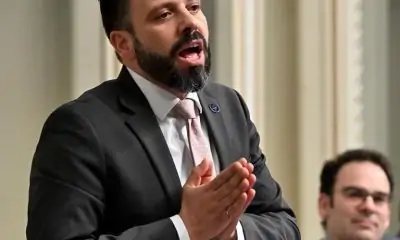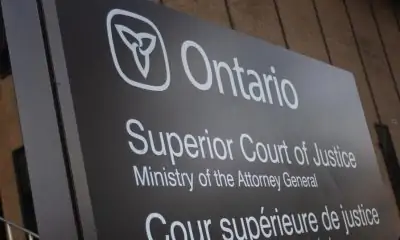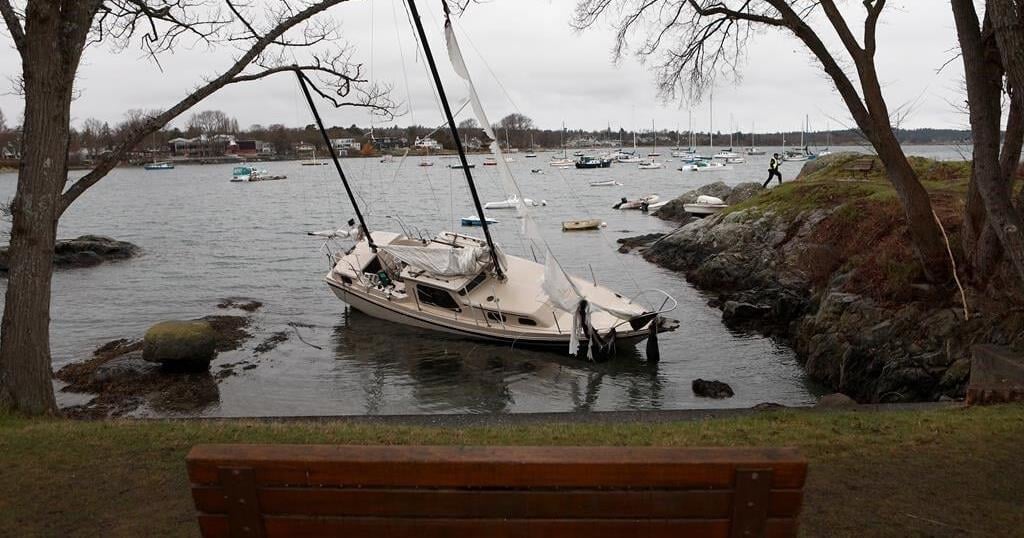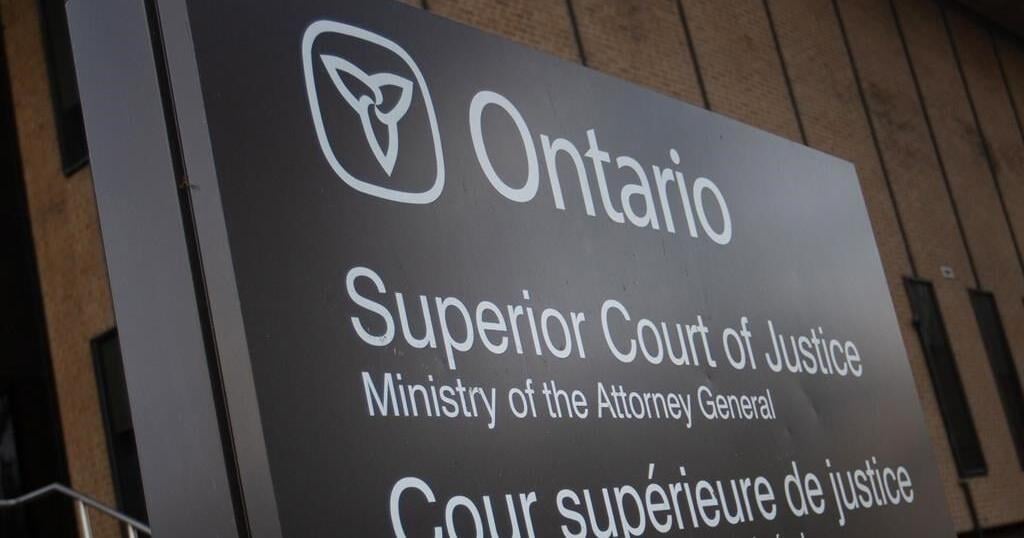WASHINGTON — Shortly after an “unhinged” White House meeting with his motliest unofficial advisers, Donald Trump invited his Twitter followers to what would become the Jan. 6 attack on Capitol Hill — a violent, deadly clash that one extremist leader had hoped would spark a “new Civil War.”
Tuesday’s hearing of the congressional committee investigating the riots once again lived up to the promise of the previous six, adding key brush strokes to a portrait of a chaotic, collapsing Oval Office that was all too aware of the dangers posed by its commander-in-chief.
It told the story of an unscheduled, volatile meeting Dec. 18, 2020, between Trump and some of the fringe characters who by then had become the standard-bearers of his bid to stay in power: former campaign lawyer Sidney Powell, retired general Michael Flynn and longtime confidante Rudy Giuliani.
There was a new face, too, as it turns out: Patrick Byrne, the former chief executive officer of Overstock.com, an online discount retailer.
“The first thing I did when I walked in was I looked at him and said, ‘Who are you?’” said White House counsel Pat Cipollone, who according to Powell’s testimony had “set a new land speed record” racing to break up the meeting.
“I don’t think any of these people were providing the president with good advice, so I didn’t understand how they had gotten in.”
He quickly learned Powell had come armed with a draft executive order that would have made her a special counsel with the power to order the Department of Defense to seize the voting machines that were central to her bogus claims of election fraud — and that the president had at that point already agreed to do so.
By that point, 60 of the 61 cases Giuliani and Powell had filed in key states in an effort to convince the courts to block the electoral voting process had been summarily rejected for a lack of evidence. Trump was rapidly running out of options.
“To have the federal government seize voting machines? It’s a terrible idea,” Cipollone said in his own recorded testimony.
“That’s not how we do things in the United States. There’s no legal authority to do that, and there is a way to contest elections that happens all the time.”
One of the primary take-aways from the testimony of Cipollone and others Tuesday was that virtually everyone with a White House credential and the president’s ear was telling him that with the Electoral College having voted, it was time to concede defeat.
The meeting continued for hours, with various White House officials — Cipollone, lawyer Eric Herschmann, presidential counsellor Derek Lyons — getting into escalatingly profane shouting matches with the outsiders that at times nearly dissolved into physical fighting. A text message from White House aide Cassidy Hutchinson called it “unhinged.”
It broke up in the early hours of Dec. 19, shortly before Trump issued what’s now arguably his most infamous tweet: an invitation to his supporters to take part in a protest in D.C. on Jan. 6, the very day a joint session of Congress was to convene to certify Joe Biden’s election win.
“Be there, will be wild,” Trump tweeted.
Wyoming Rep. Liz Cheney, one of two rogue Republicans on the committee, capped the hearing with a bombshell: that Trump himself had tried unsuccessfully to contact a witness who has yet to be called to testify.
“This committee has supplied that information to the Department of Justice,” Cheney said. “Let me say one more time, we will take any effort to influence witness testimony very seriously.”
Testifying in person Tuesday was Stephen Ayres, a former Trump supporter who attended the rally, entered the Capitol on Jan. 6 and ultimately pleaded guilty to disorderly and disruptive conduct in a federal building.
Ayres said he had only been planning to listen to Trump’s speech at the Ellipse outside the White House and had no plans to go to the Capitol. But that changed after he heard what the president had to say.
“The president, you know, he got everybody riled up, told everybody to head on down (to the Capitol),” Ayres testified. “So we basically, we just followed along with what he said.”
In that speech, Trump ad libbed a number of references to Vice-President Mike Pence and marching to the Capitol, said Florida Rep. Stephanie Murphy, who shared Tuesday’s questioning duties with Maryland Rep. Jamie Raskin.
He also said he would march with the protesters — something the committee demonstrated was meant to sound spontaneous, but was actually part of his plan all along, according to testimony.
“I think everybody thought he was gonna be coming down,” Ayre said. “He said in his speech, you know, kind of like he’s going be there with us, and I believed it.”
It all points directly to what is widely considered to be the committee’s ultimate goal: demonstrating Trump’s own liability and responsibility for what happened on Capitol Hill following the speech.
Sitting next to Ayres was Jason Van Tatenhove, a former freelance journalist who signed on with the far-right paramilitary group the Oath Keepers as a national spokesman back in 2014. Both the Oath Keepers and the extremist Proud Boys were out in force on Jan. 6.
Van Tatenhove described Oath Keepers leader Stewart Rhodes as the driving force behind a group he described as a “violent militia,” one that he said was drifting further towards white nationalism and racism in the time he was inside their fold.
The events of Jan. 6, he said, comprised precisely what Rhodes and his acolytes had been waiting for: the chance to circumvent the rule of law and advance an extremist agenda through deceit, intimidation and violence.
“They saw opportunity, in my opinion, to become a powerful paramilitary force,” Van Tatenhove said.
“What it was going to be was an armed revolution … This could have been the spark that started a new Civil War, and no one would have won there. That would have been good for no one.”
This report by The Canadian Press was first published July 12, 2022.
James McCarten, The Canadian Press
Related






























